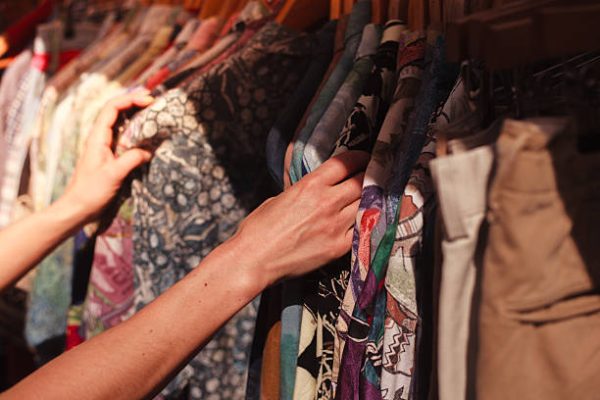Back on Track with Mak – Uniforms
Hypersexualization of female sport’s uniforms causes discomfort among female athletes
Uniforms that are worn by females are drastically different from uniforms that are worn by males.
Picture soccer uniforms, for example. Boys have shorts that go to their knees and shirts that are relatively baggy. Girls wear tight-fitting shirts that cling to their bodies and shorts that are barely there. shirts that cling to their bodies.
Girls are still wearing skirts during sport, however impractical that may be. Skirts are restrictive and make it difficult to move. Girls tennis and field hockey teams wear skirts, while their male counterparts wear shorts.
Women’s uniforms are much more revealing and provide little room for error, especially in leotards or tiny spandex. Collegiate and pro runners wear briefs and pro beach volleyball players wear skimpy bikini bottoms.
These uniforms with bare minimum coverage are the norm for most female athletes.
Beach volleyball uniforms consist of two thin spaghetti straps that meet in the back of a female athlete’s back and in the front, the scoop neck swoops low, just barely covering the female athlete’s breasts. On the bottom, they wear skimpy bikini bottoms that leave most of their bottoms exposed.
And you’d think that these skimpy uniforms are in place so that athletes are able to perform better. They’re less restrictive and allow for more movement.
Still, men wear baggy shorts and women wear next to nothing. If it were true that skimpy clothing was better for athlete performance, men would wear revealing outfits as well. And yet, we don’t see that.
Dress codes in sport are policed by their governing bodies, and some are quite unforgiving. Some female athletes have a range of attire options, while others are confined to extremely revealing clothing. The International Beach Handball Federation requires that bikini bottoms must be “a maximum of 10 centimeters” with a “close fit.”
Female athletes are dressed for the male gaze, who are the primary viewers of sport. When men watch male sports, they aren’t searching for anything beyond their actual athleticism. When they watch female sports, it’s a different narrative.
It doesn’t stop at uniforms though. Popular brands like Nike, Gymshark and Adidas market their athleisure clothing differently for each gender.
Generally speaking, men’s clothing has a lower price point, while women’s clothing is slightly more expensive and has much less material.
Men’s clothing isn’t sexualized. That’s the bottom line.
Young athletes should be encouraged to focus on their sport rather than wasting their energy on uniforms. In order for that to happen, we must end the stigma around what female athletes wear and refuse to dress for the male gaze.

Makayla Stewart is a senior and this is her fourth semester in journalism and her third semester as an Editor-in-Chief. When she’s not in the throwing...






